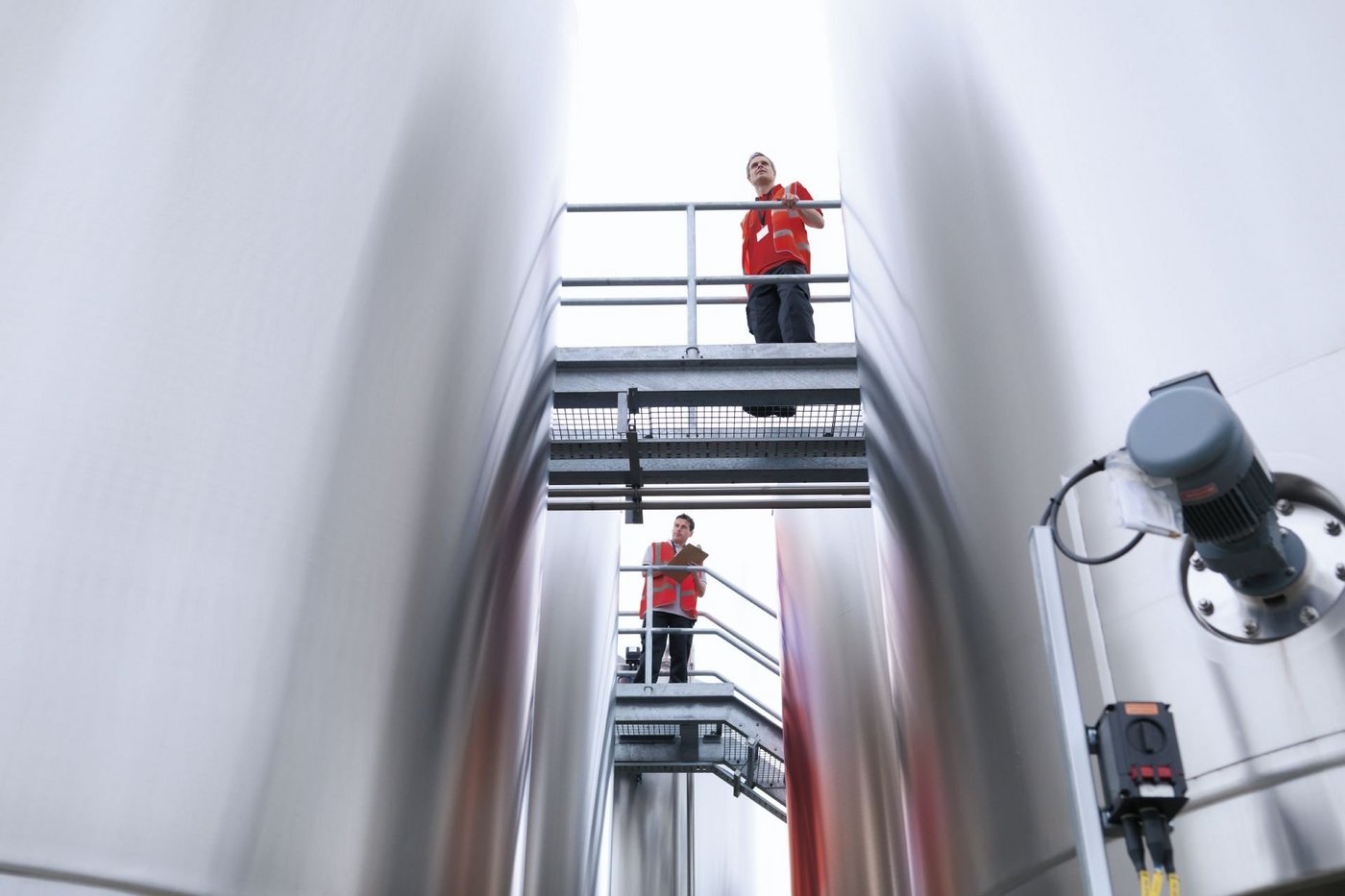Drehkolbenpumpen in der chemischen Industrie
Fördern von hochviskosen, aggressiven und abrasiver Medien
Für einen störungsfreien, wartungsfreundlichen und zugleich wirtschaftlichen Pumpprozess in anspruchsvollen Branchen wie der Chemie ist Leistung ebenso gefragt wie Flexibilität. Mörtel, Farben, Klebstoffe, Seife, Lauge oder Säure – sie alle haben ihre Besonderheiten und unterliegen zudem sehr strengen Sicherheitsanforderungen. Speziell bei der Förderung hochviskoser, aggressiver und abrasiver Medien werden bevorzugt berührungslos rotierende Verdrängerpumpen wie die von Vogelsang eingesetzt, da sie eine Vielzahl von Flüssigkeiten sicher, schnell und pulsationsarm befördern können.
Gerade die Vogelsang-Pumpentechnik hat sich in dem Bereich aufgrund der besonders kompakten Bauform der Industriepumpen und der damit verbundenen, einfachen Instandhaltung bewährt. Das platzsparende Design erlaubt die Installation auf engstem Raum und kann damit für verschiedene Verfahren einschließlich der Dosierung verwendet werden. Aus diesem Grund gibt es verschiedene Pumpentypen von Vogelsang aus unterschiedlichen Materialien. Auch Pumpenkammern und Kolben werden von der Form her auf eine spezifische Anwendung abgestimmt. Egal ob Stahl, Edelstahl oder Nickellegierung, verschlossene Kammern bildende, Fördersystem mit seinem außerordentlich guten Ansaug- und Trockenlaufverhalten verspricht maximale Effizienz.



